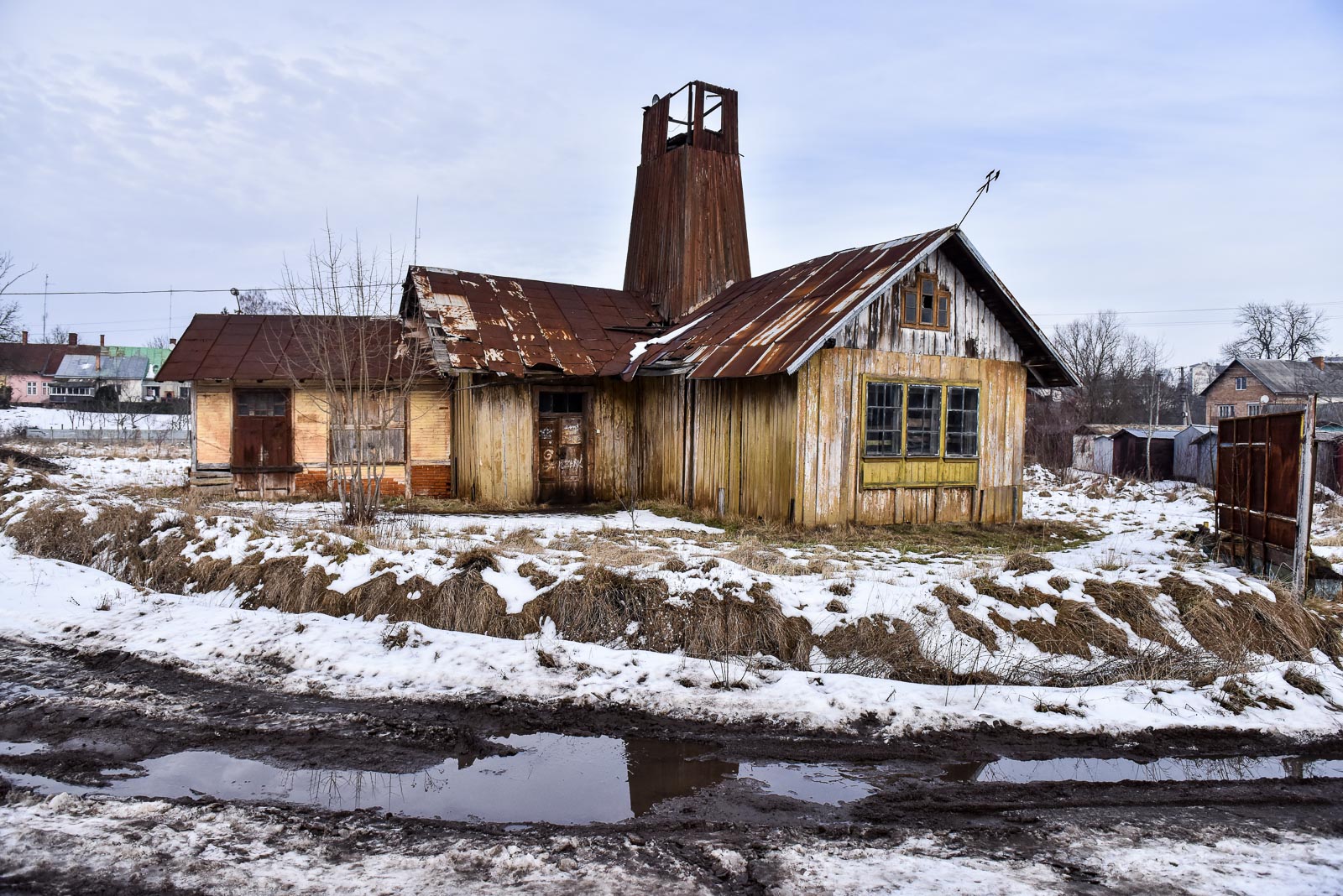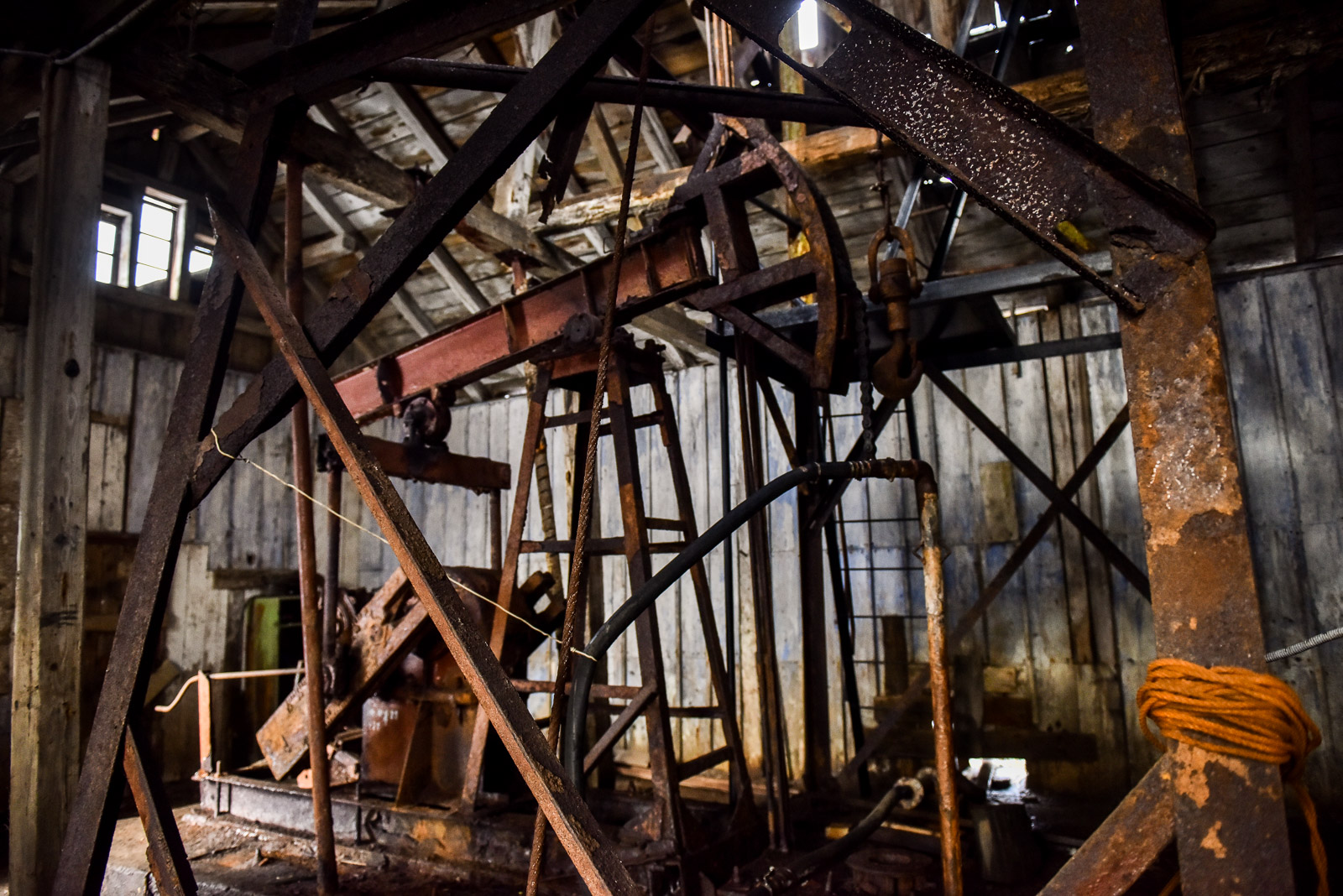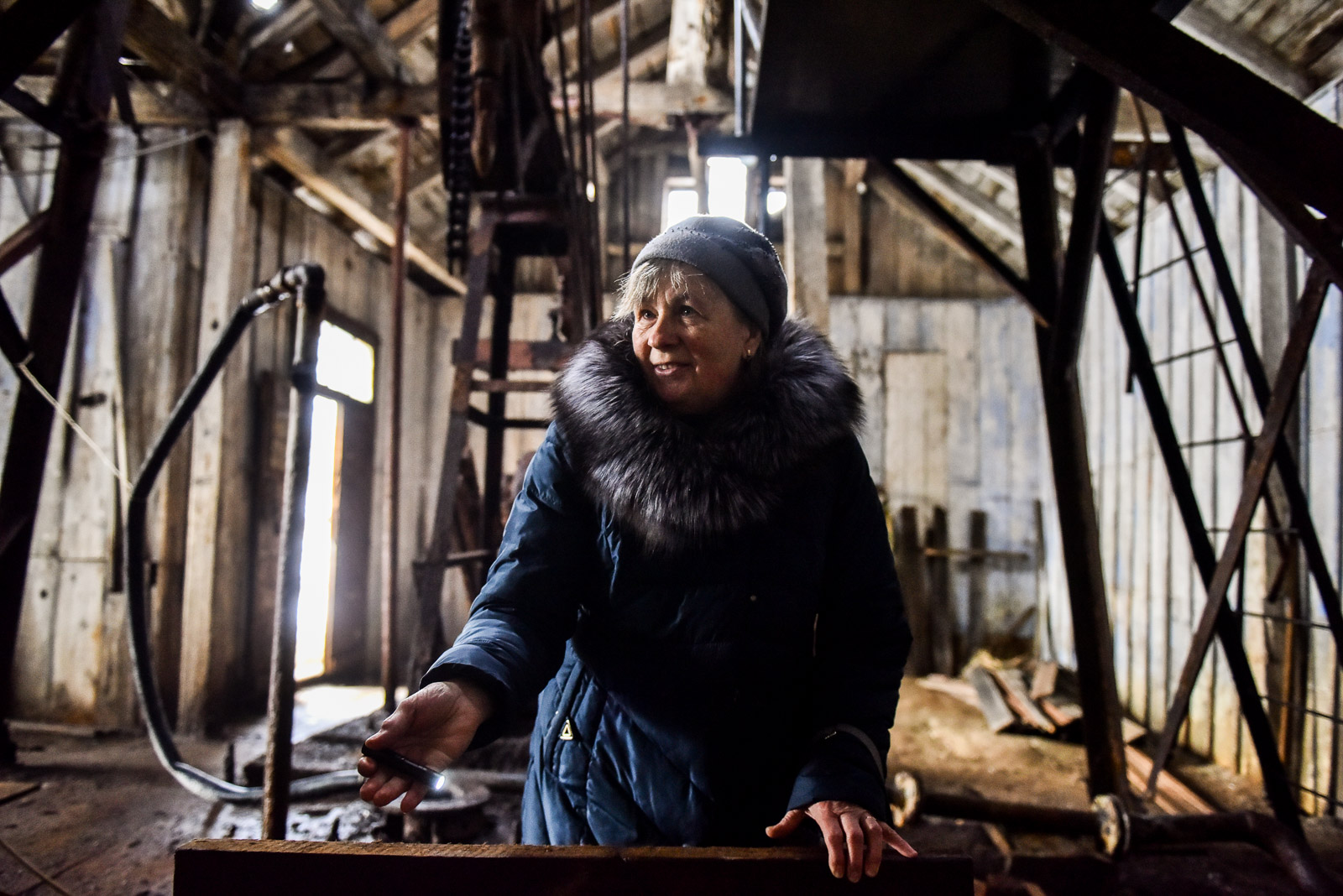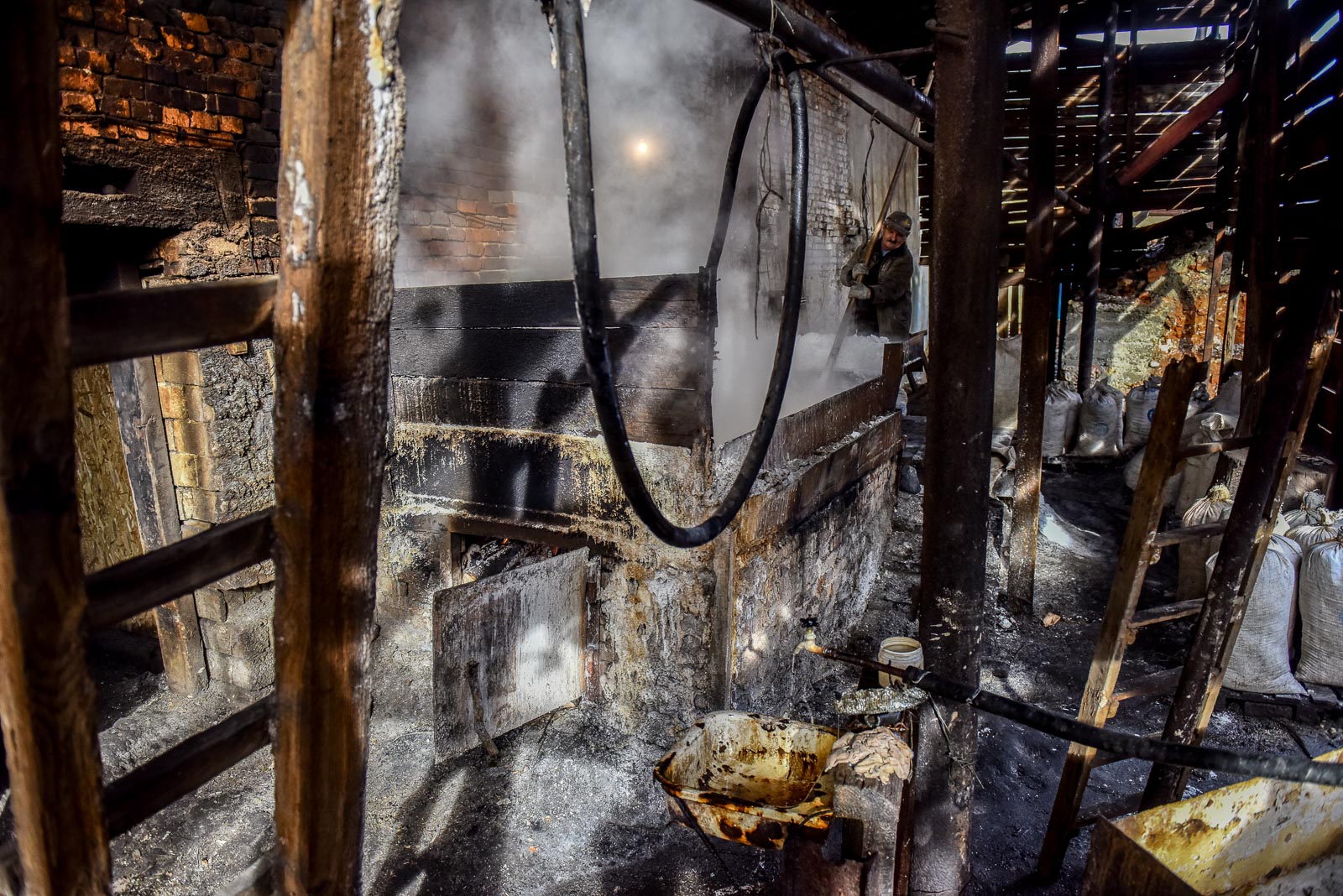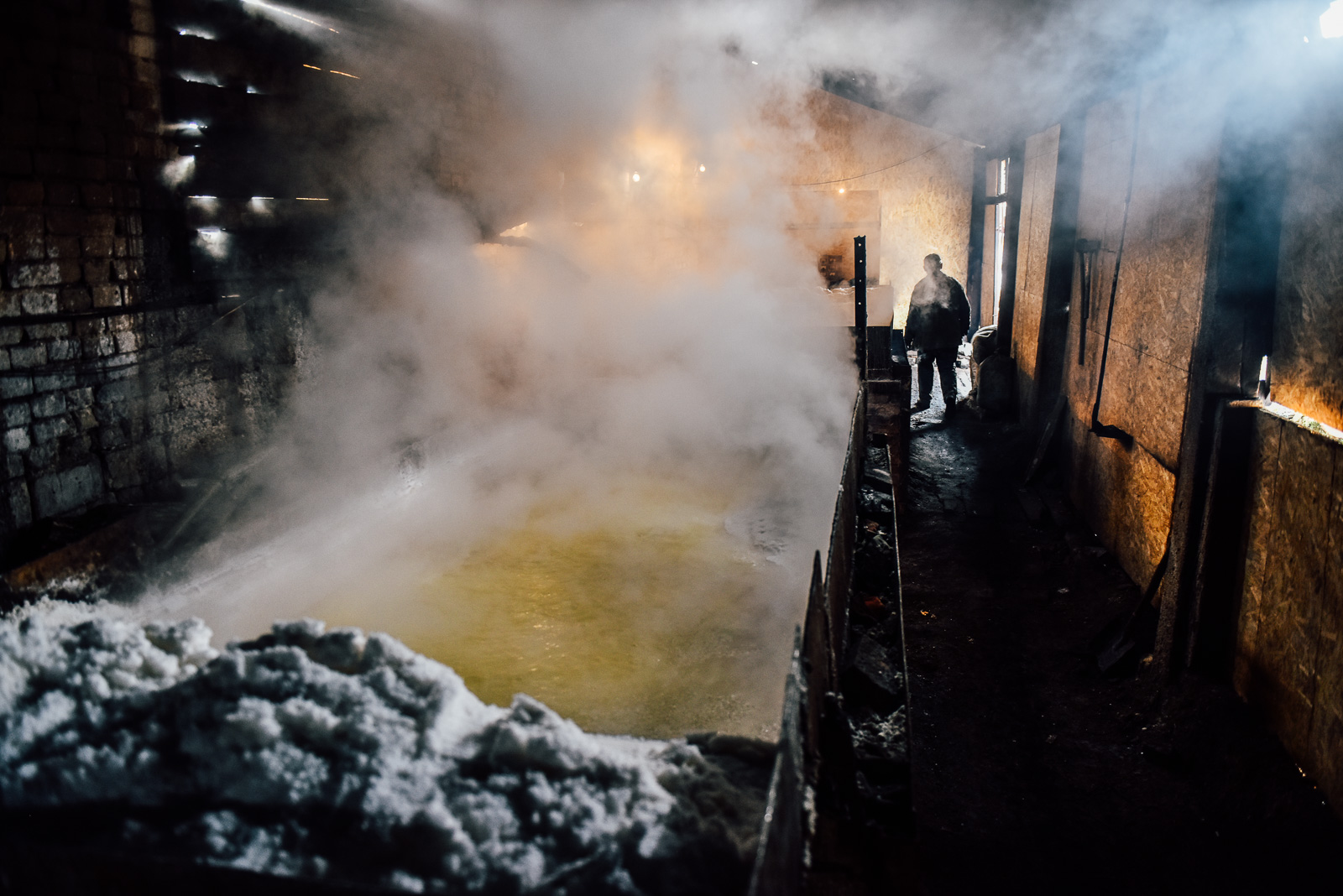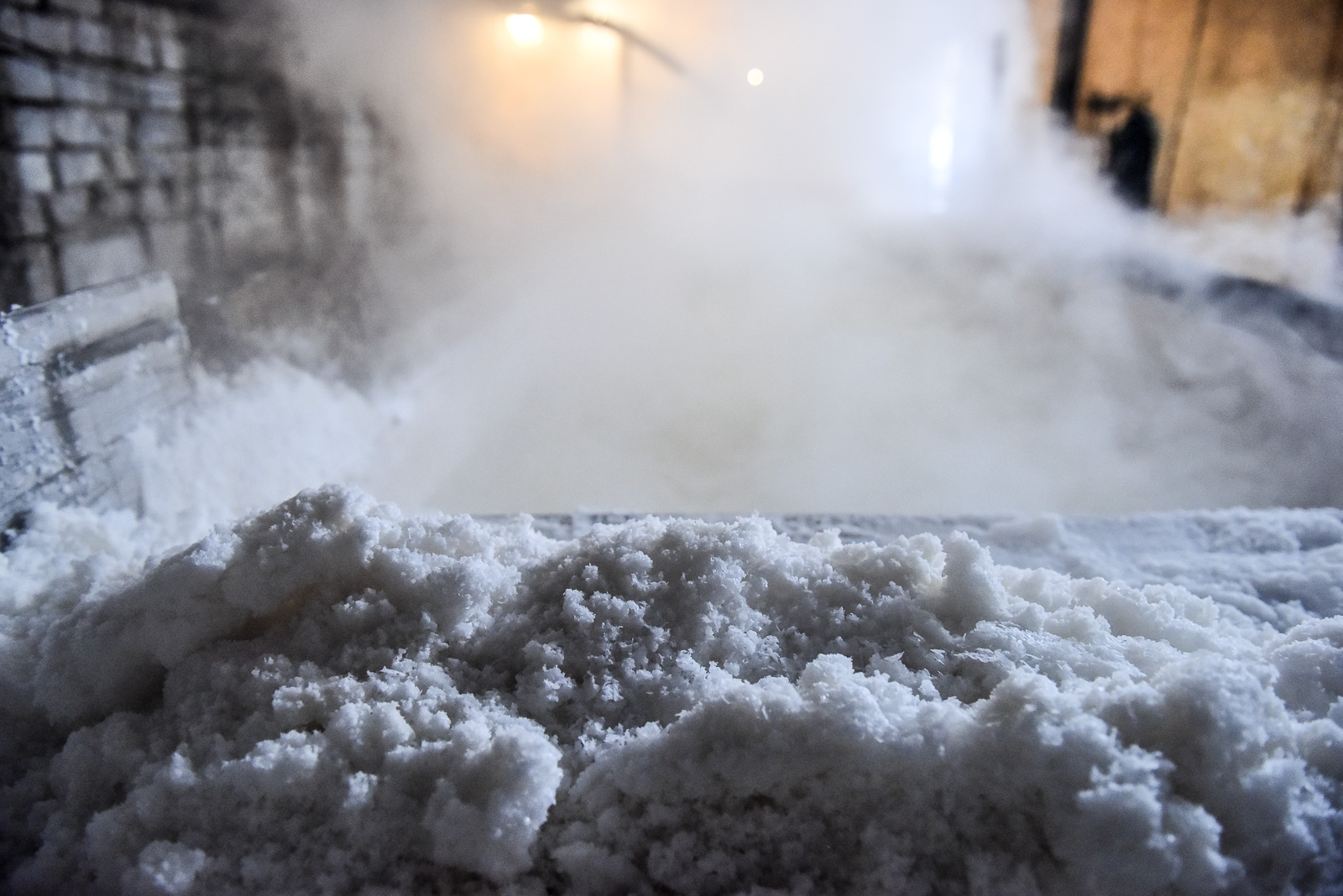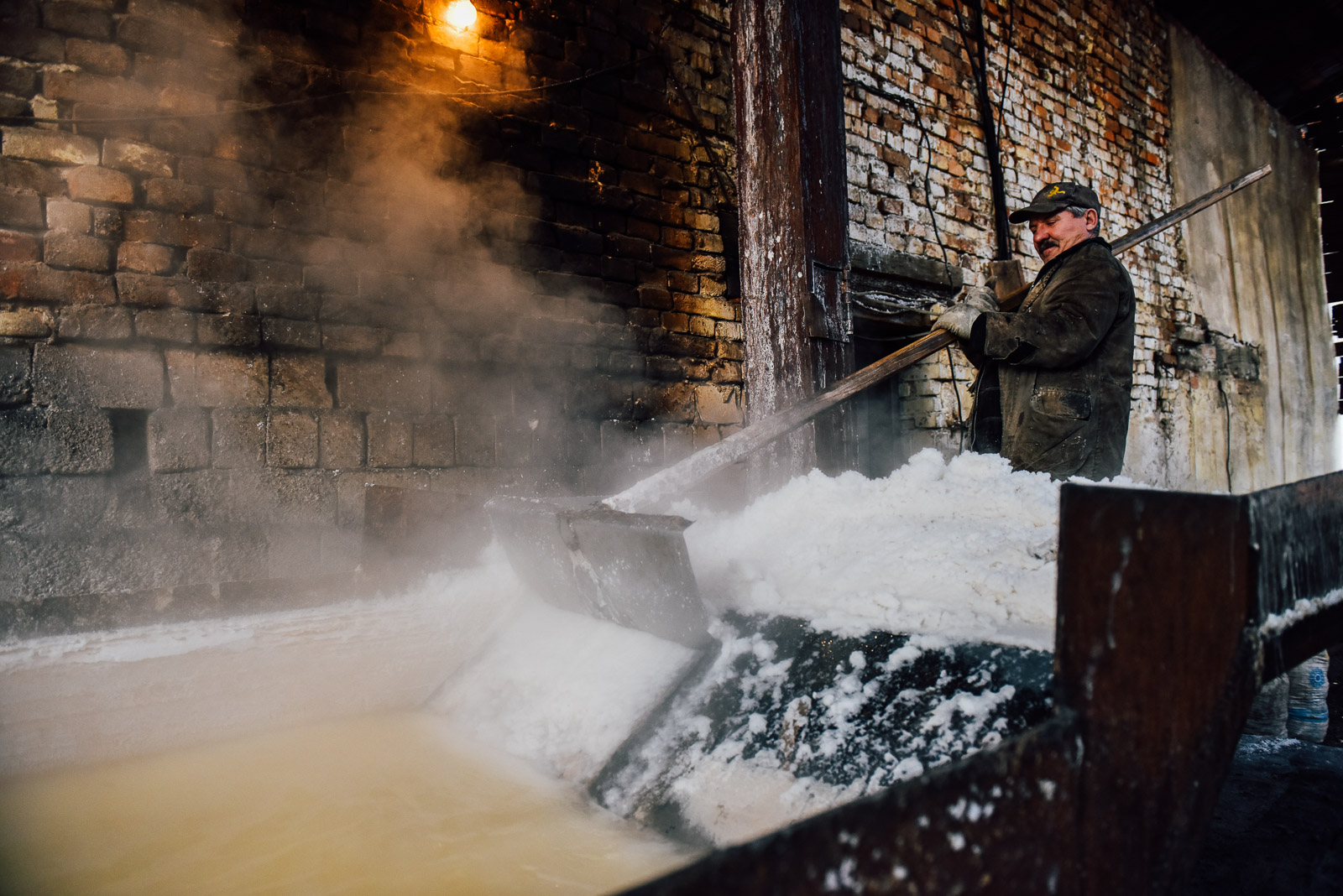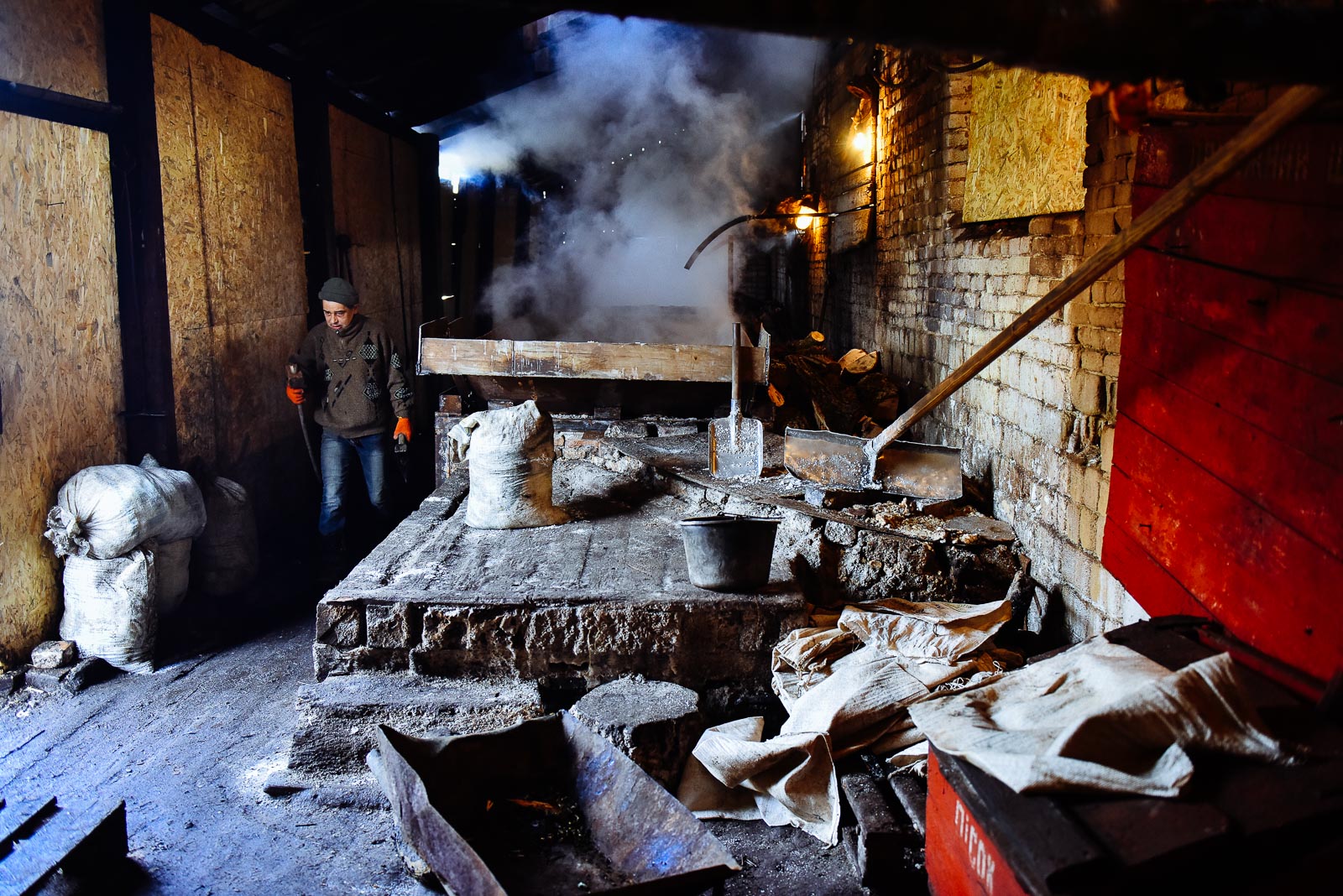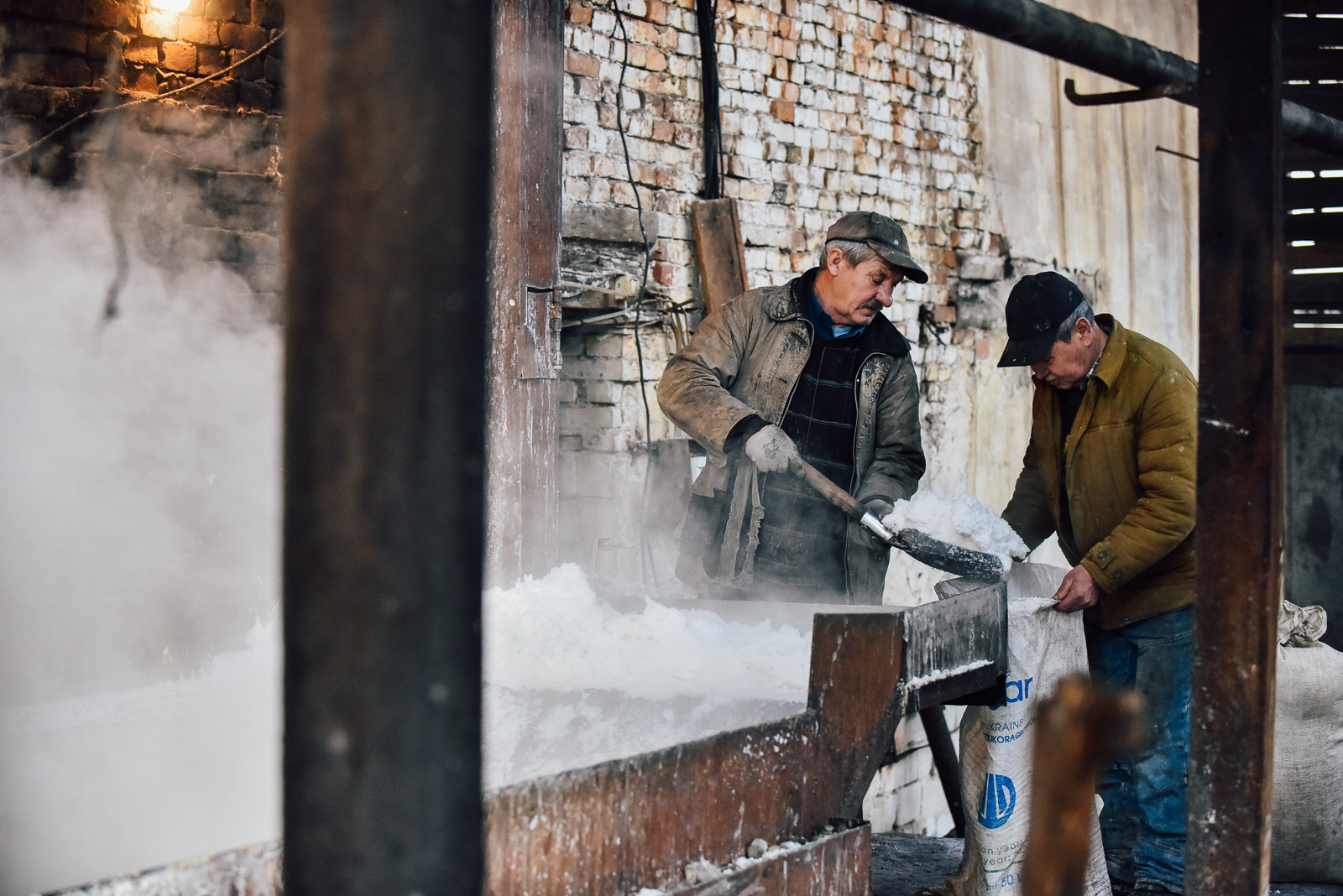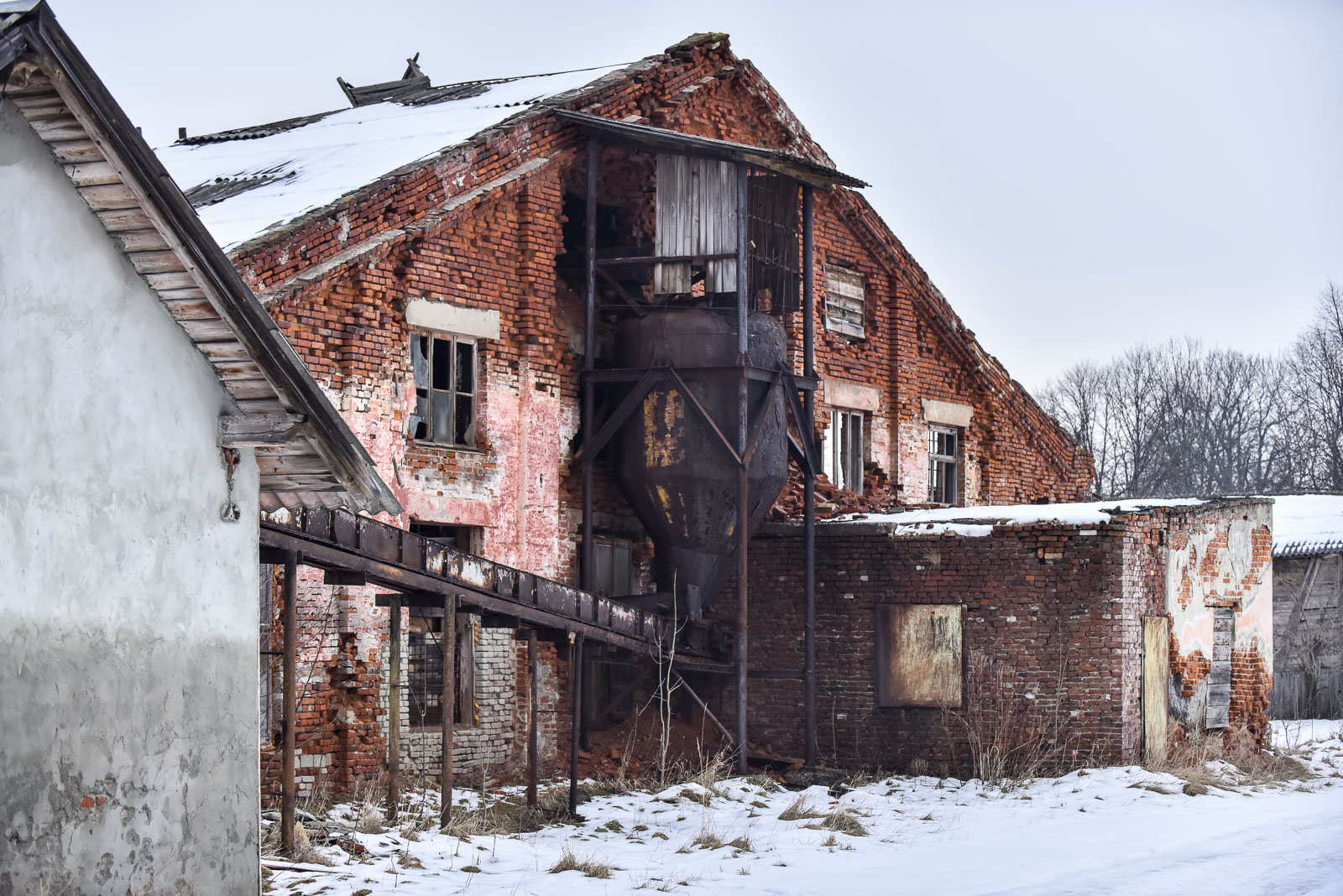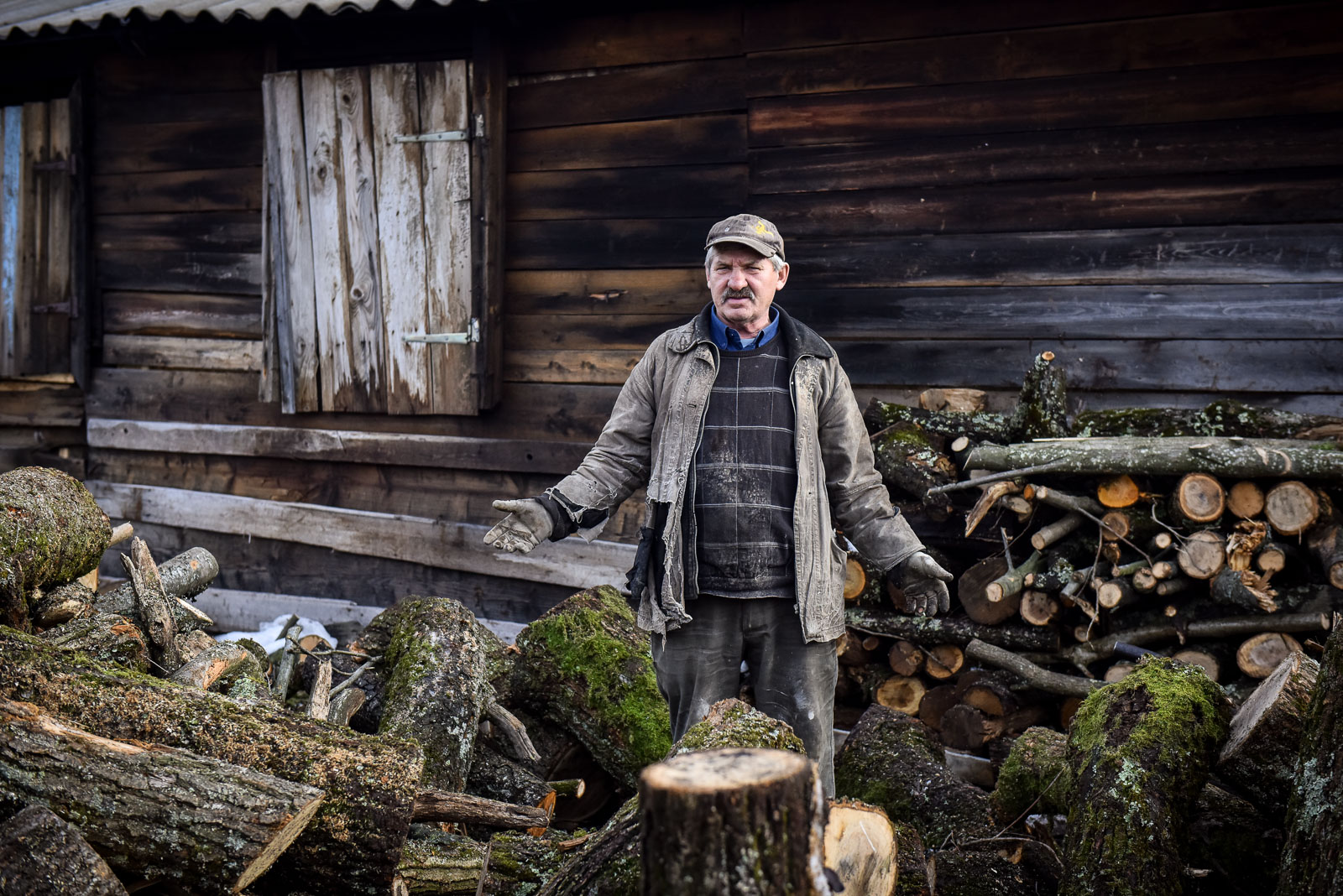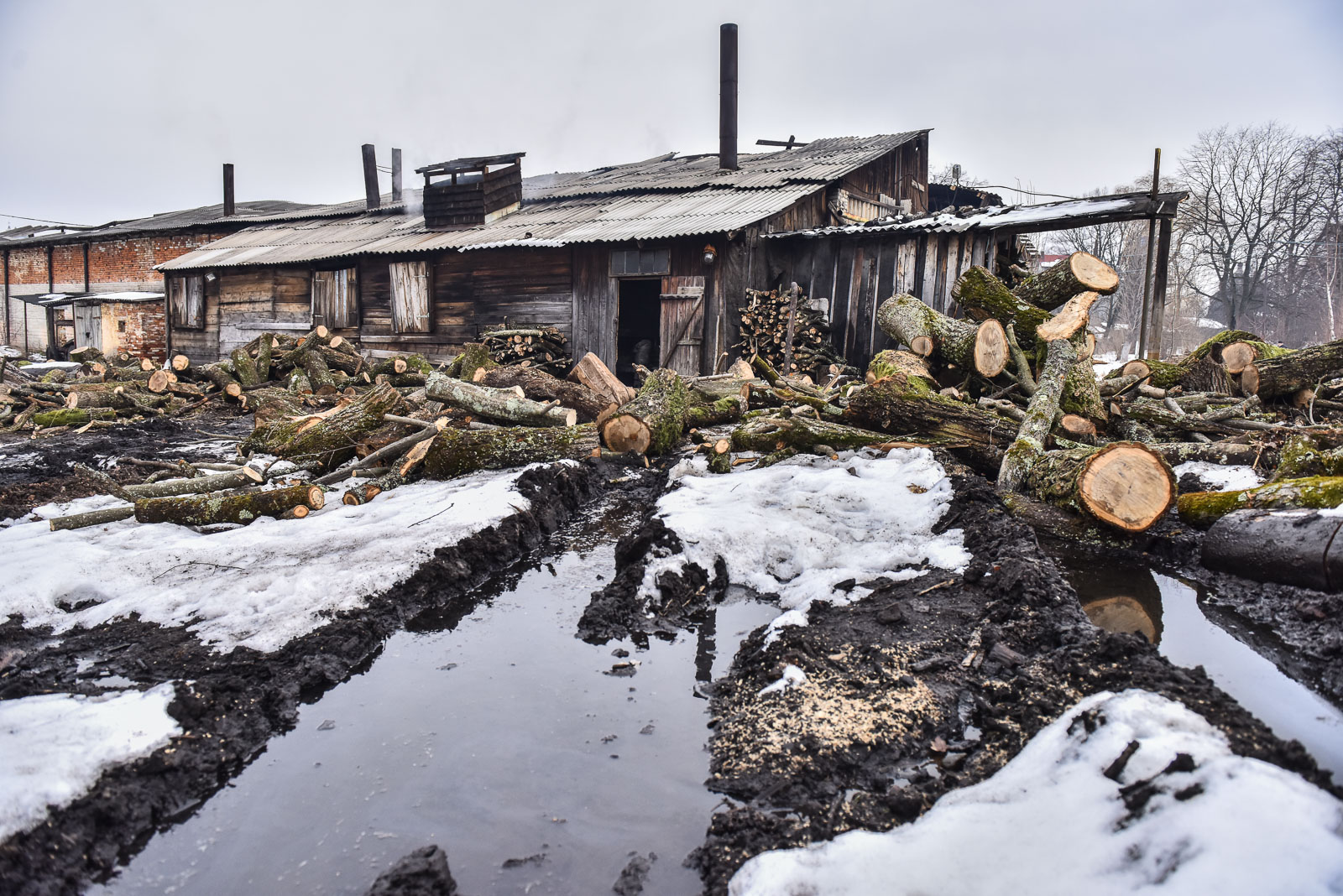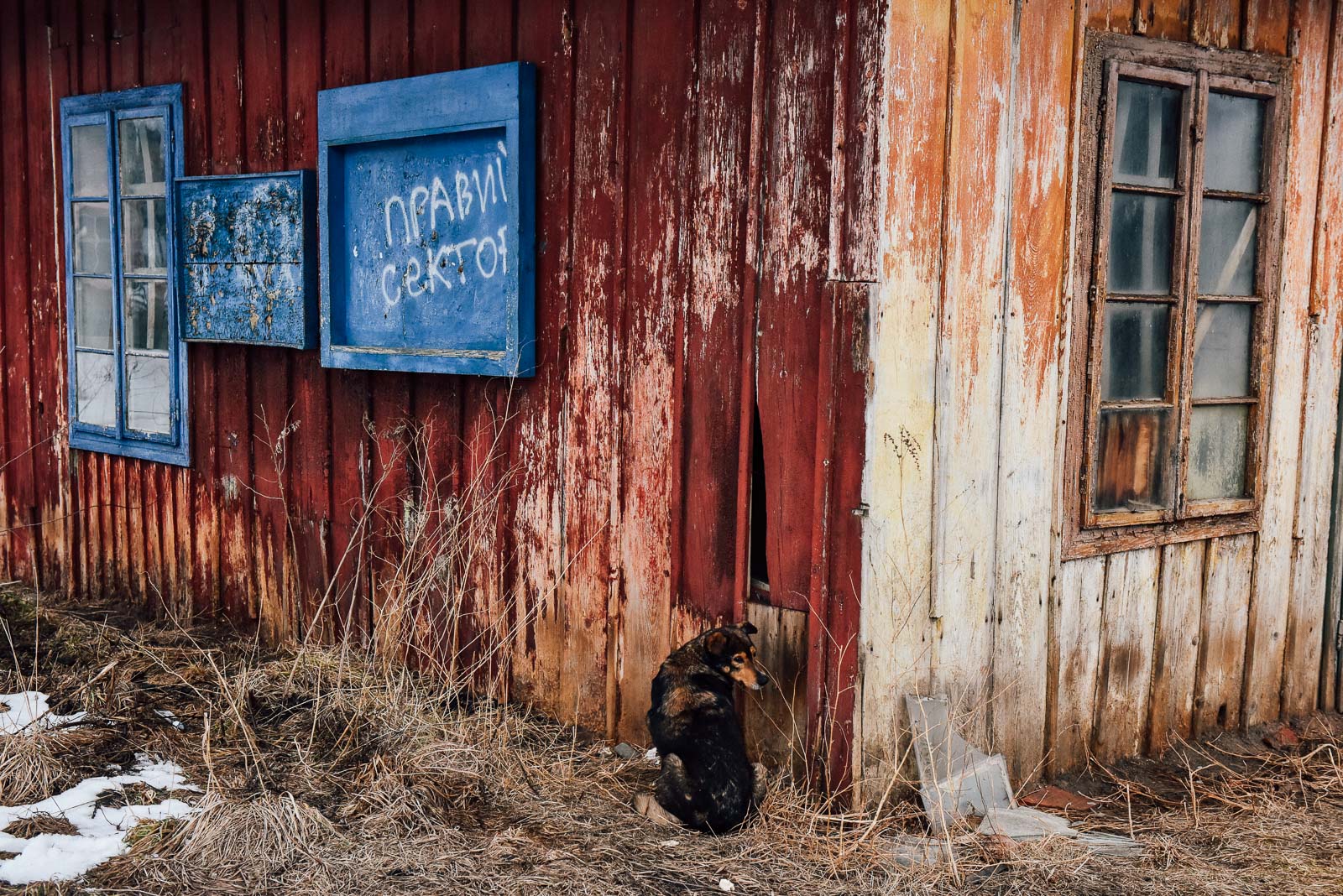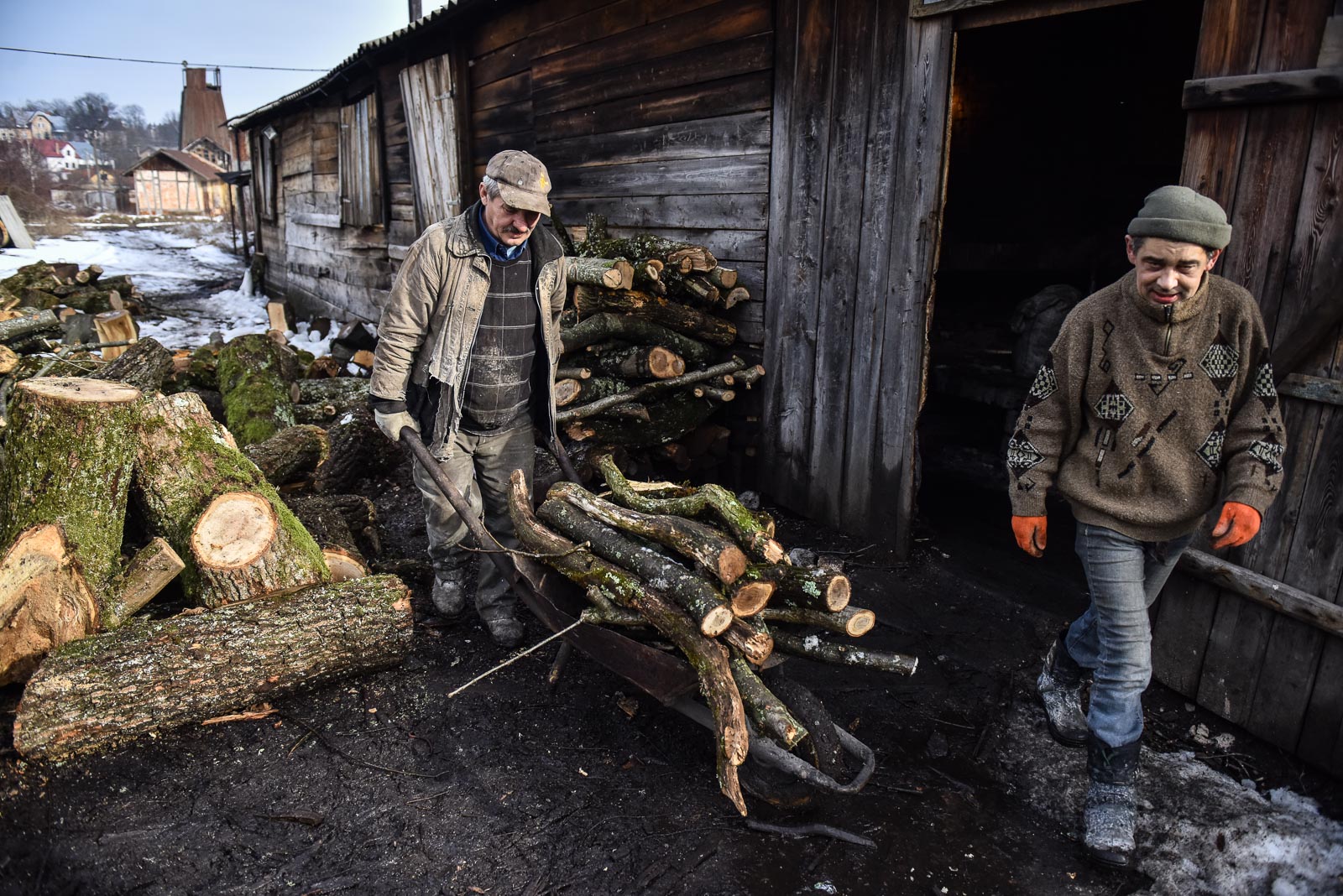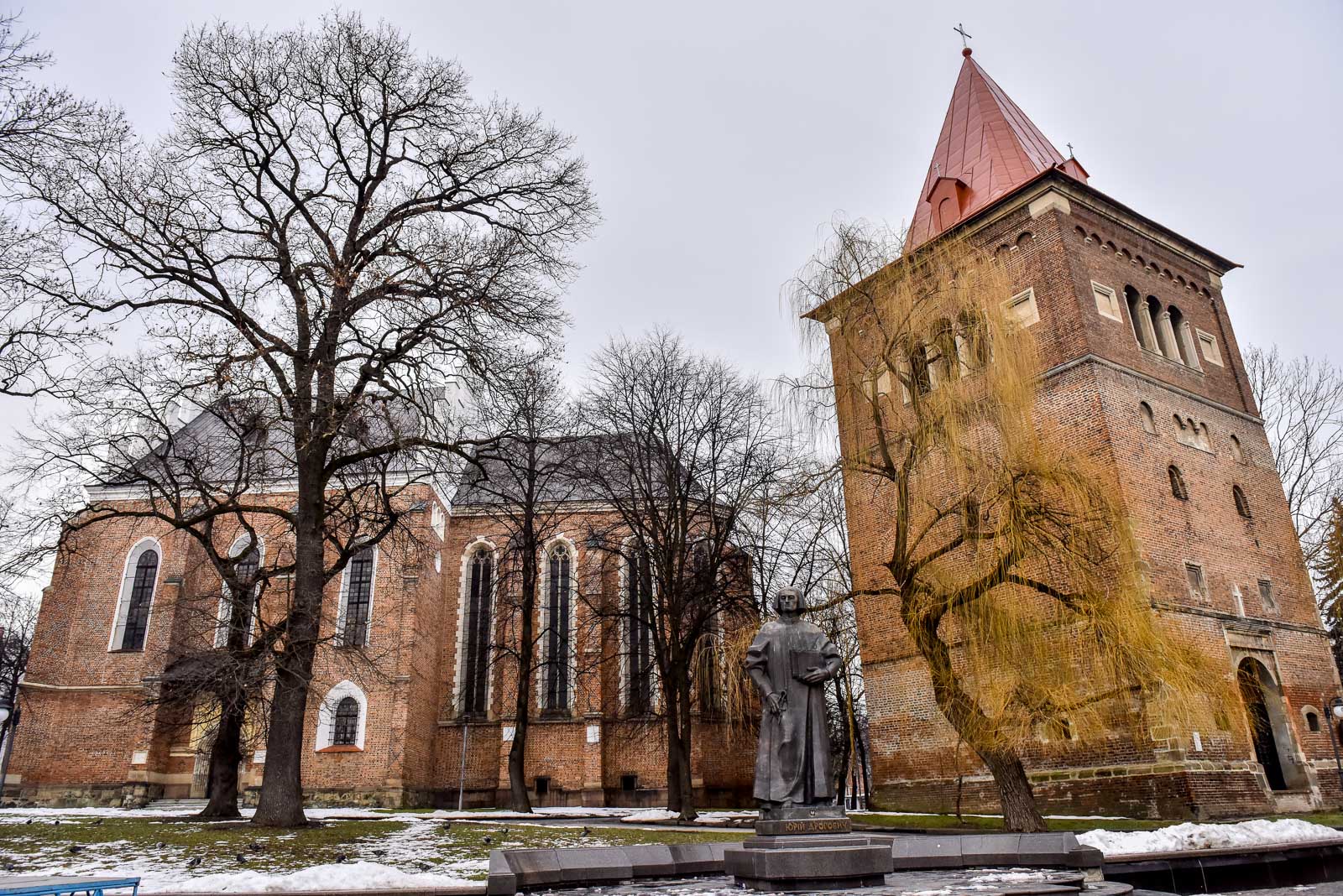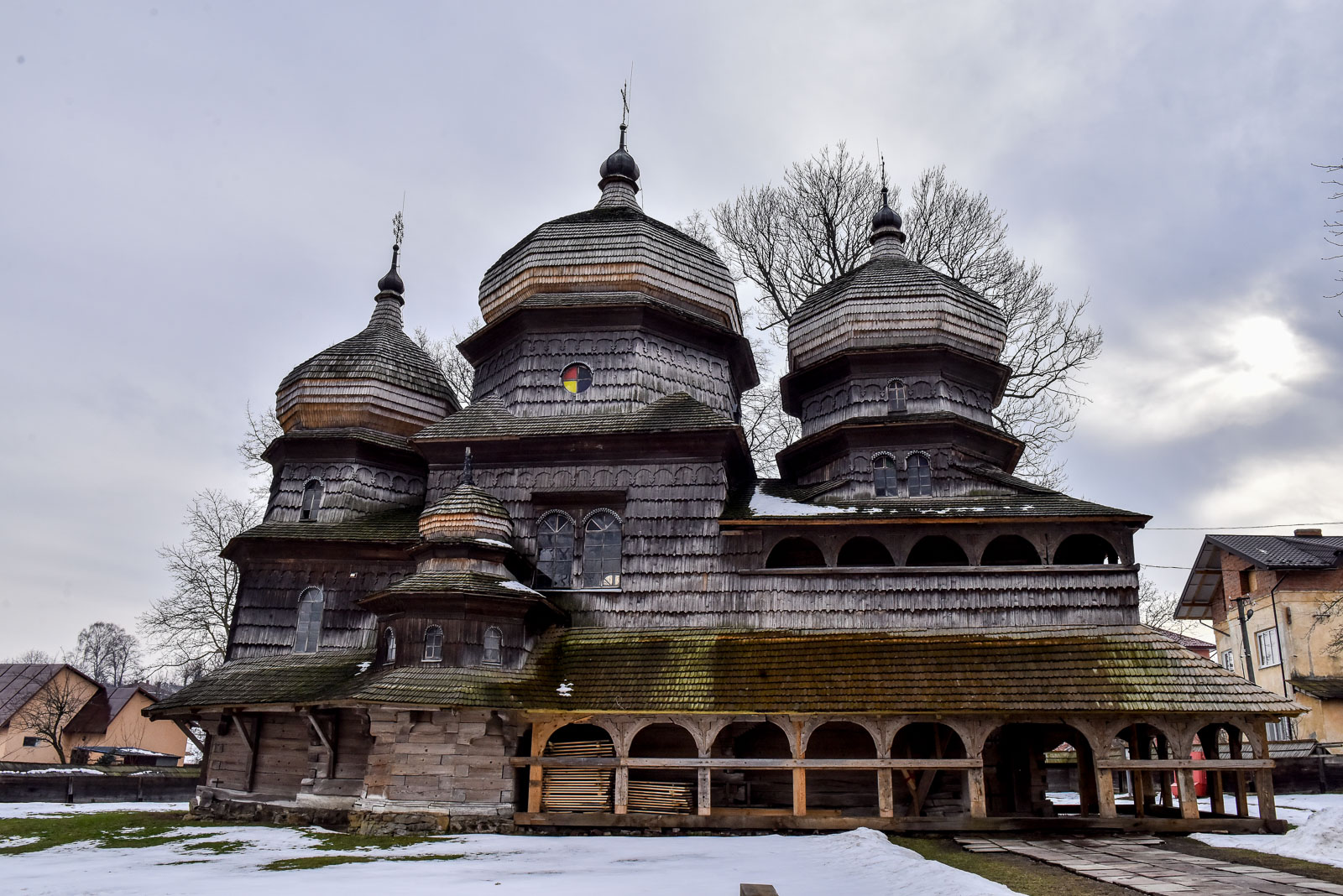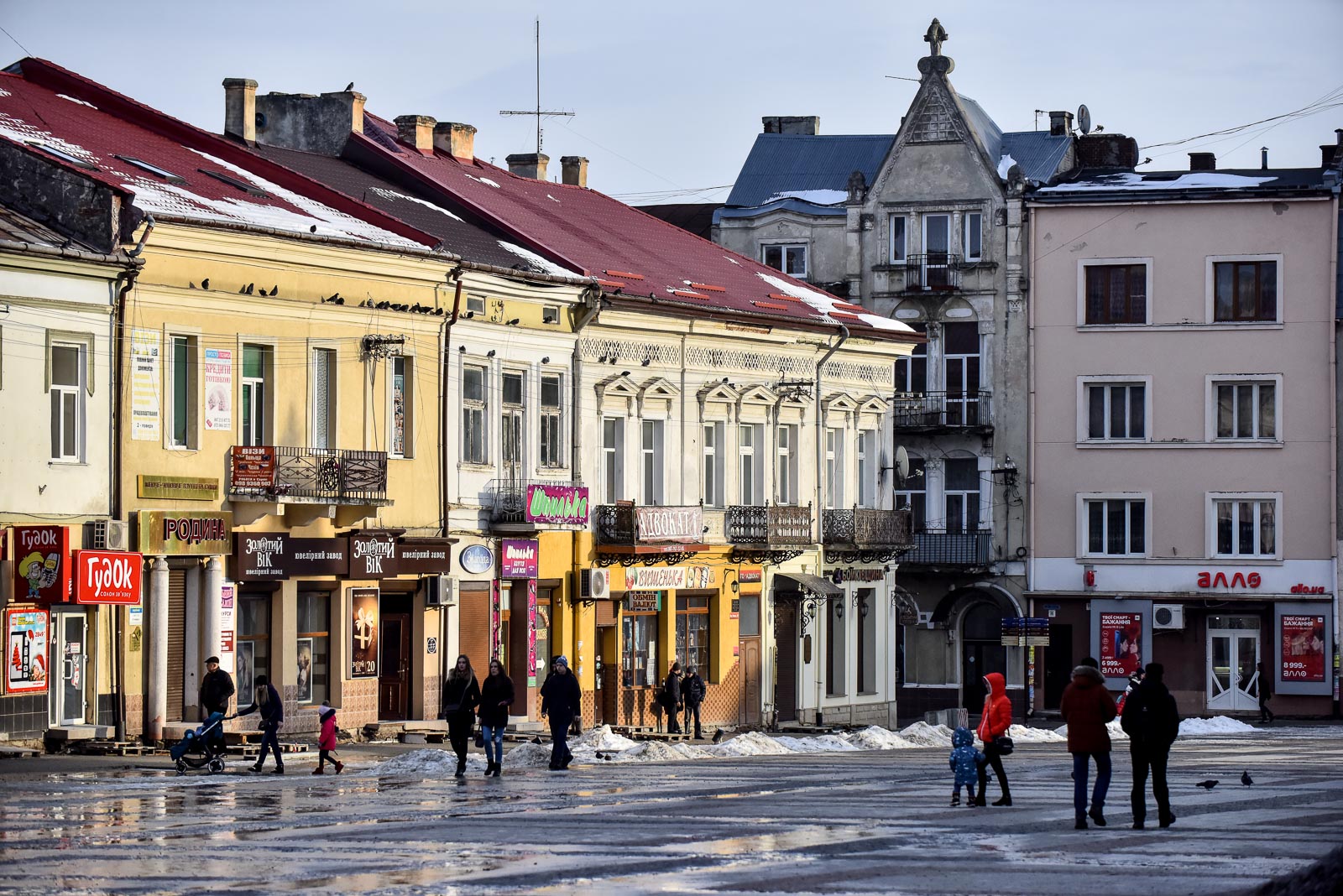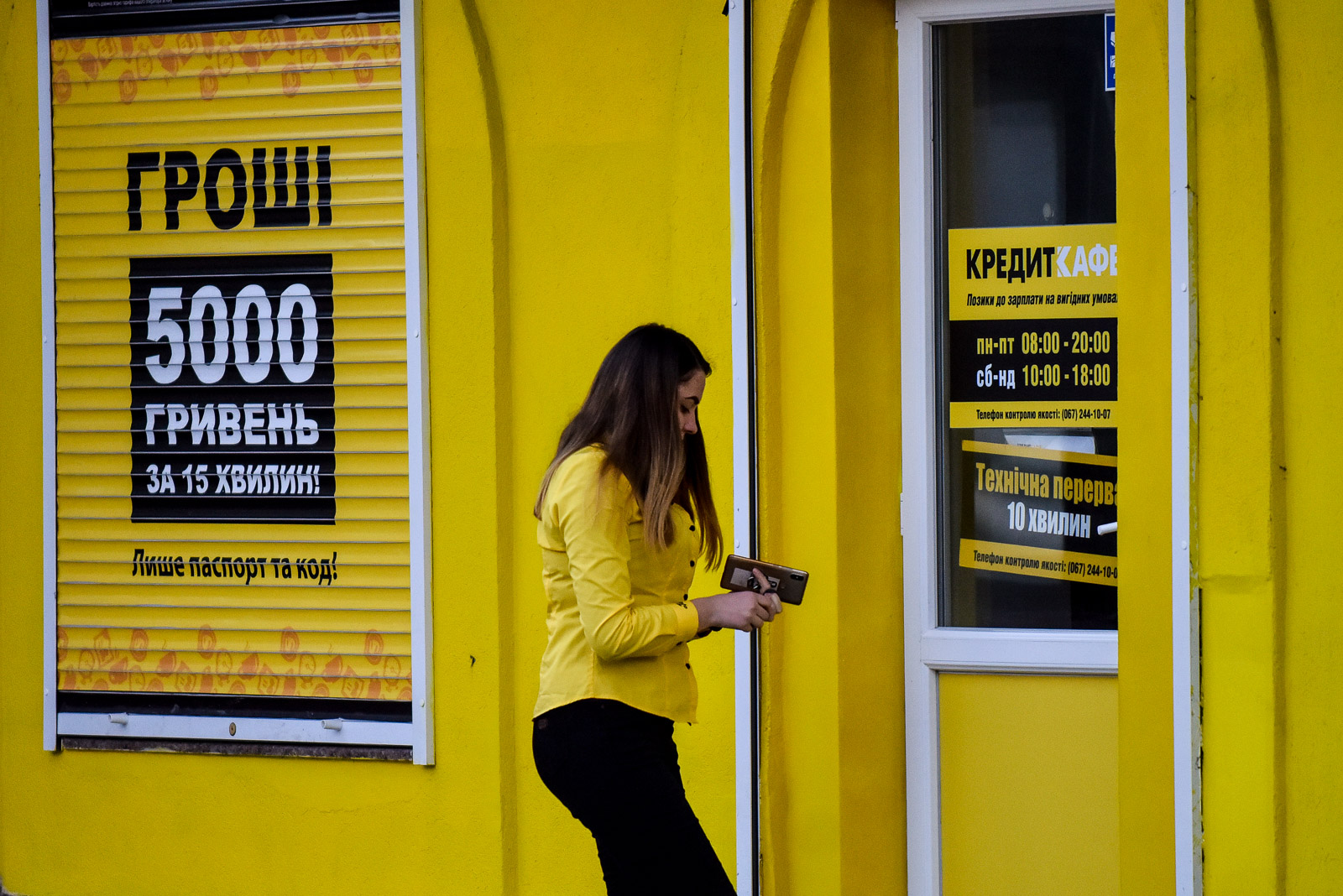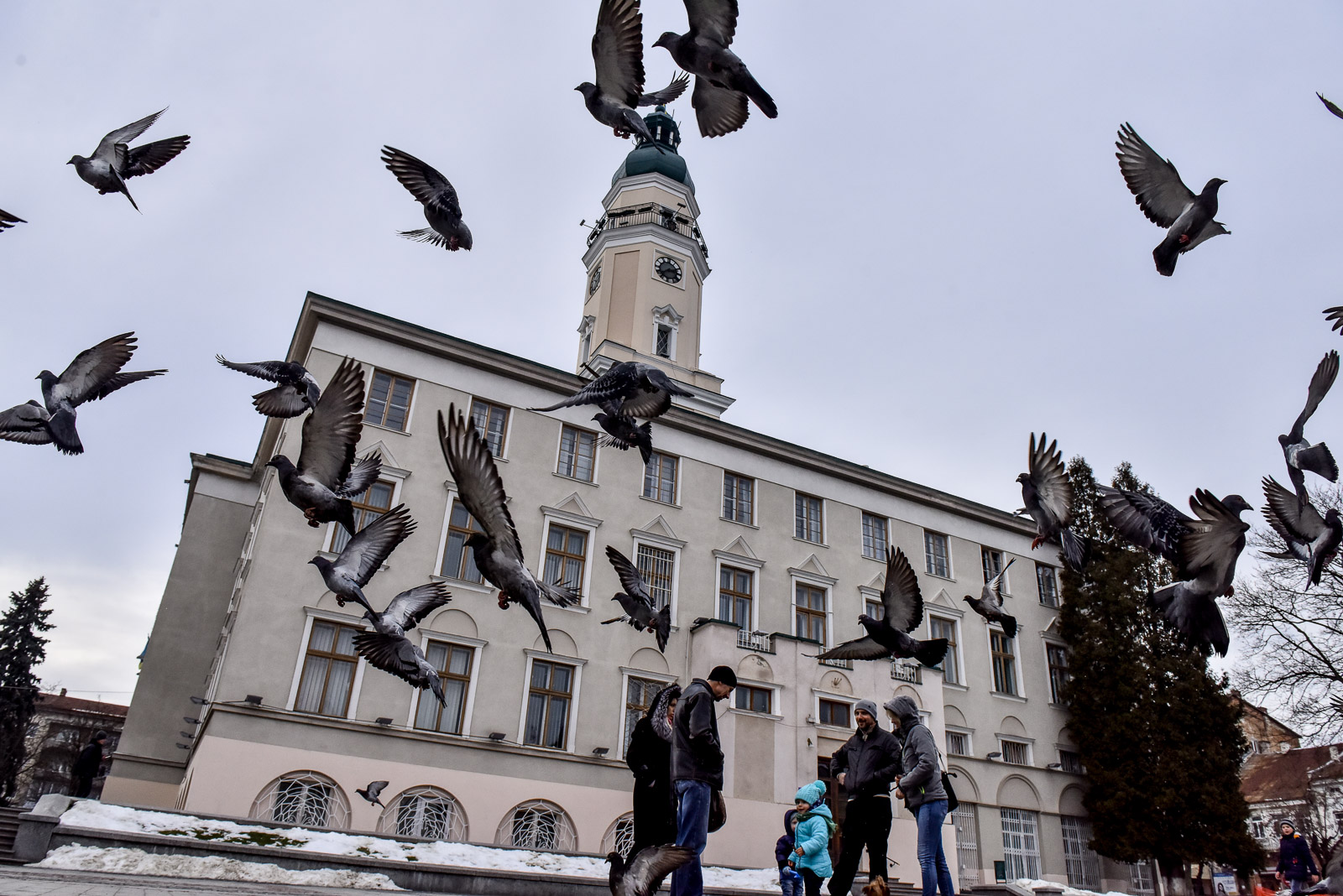Galicia region in the early medieval period was a big European center for producing salt. The first historical sources about the industry date back to AD 1097, in the Kyiv Pechersk Paterikon, an early chronicle from the Kyivan Rus period.
The success of the industry in this region was down to its geological properties.
One of the traditional ways of producing salt is to boil brine from salt water springs and lakes.
Today, salt production is more commonly based on mining rock salt – it is the cheapest and most efficient method. Boiling brine is no longer economical.
Nevertheless, the last brine-boiling factory in Ukraine is still working in Drogobych, a small town in Lviv Oblast.
Officially this factory’, the Drogobych Salt-Boiling Factory’, has been operating here since 13th century. As traditional, the state has a monopoly on producing salt, and that is still the case today. There were some attempts to privatize the factory in 2015-2016, but no investors were found.
Today 28 people officially work at the factory. The production technology is reverting to that of the medieval period — because of the rising price of gas — wood is again being used as fuel. The factory produces 500 kg. of salt per day.
Today the factory operates as a non-profit enterprise. It is unique for its history and traditional technology.
Oksana Bunda, the factory’s main production technician, speaks to journalists and demonstrates all of stages of manufacturing, while highlighting the idea of turning the factory into a working museum.
The water from the saltwater spring is pumped into the filtration barrels, which are made of wood. Then, it is piped to the boiling barrels. The water is boiled for some time and then workers scrap up the salt crystals that form. Then they add more brine, making the process non-stop.
There was a gas boiling barrel. But in 2013 it was stopped and now it is ruined. Instead, every day the factory workers chop wood for the fires by themselves.
Drogobych was founded in the 11th century. The first written mention of the city is from AD 1238. During various historical periods it has been an industrial center for producing chemicals and oil. Today, Drogobych is a small post-industrial town with a rich history, located in the western part of Lviv Oblast.
